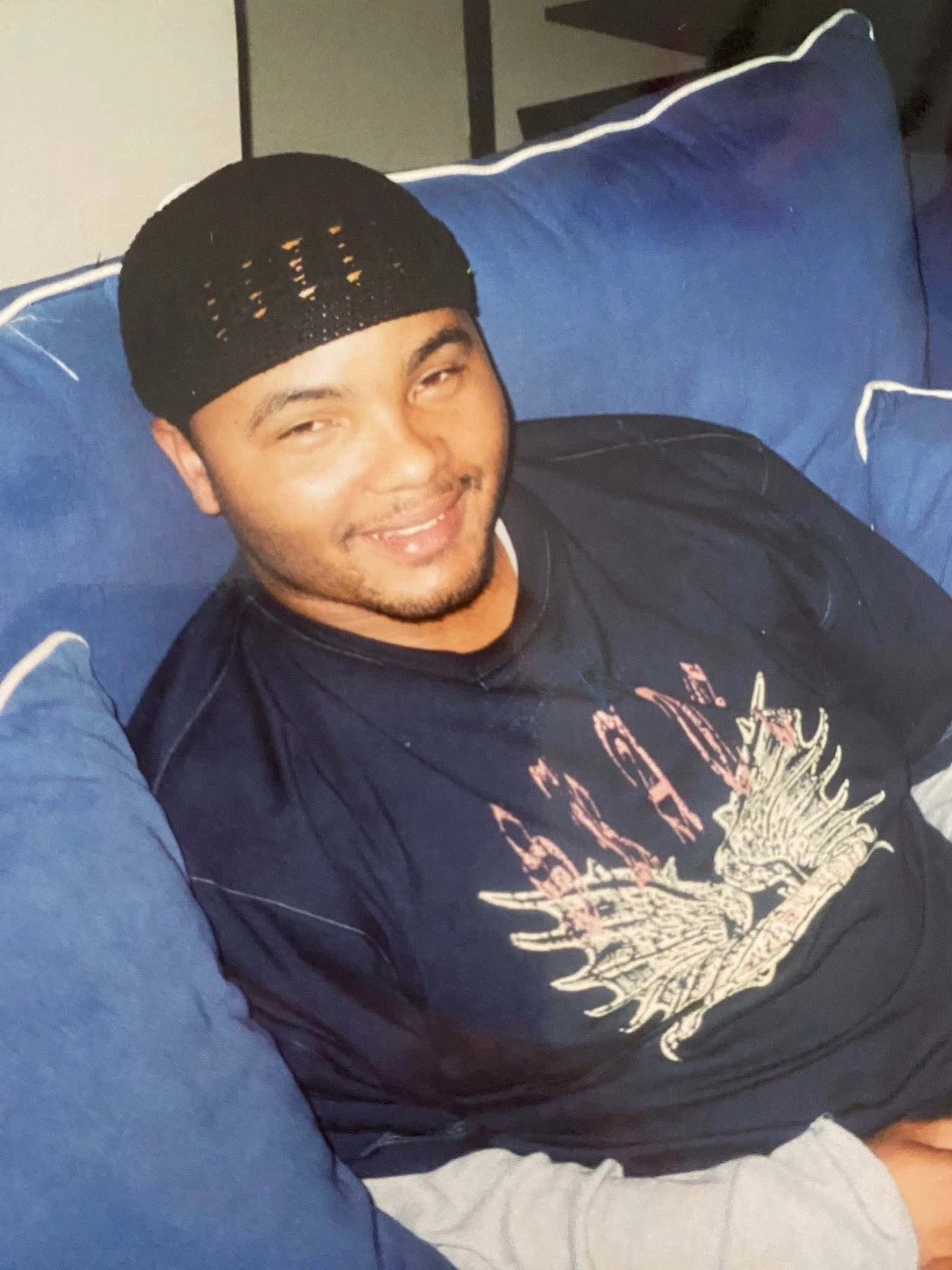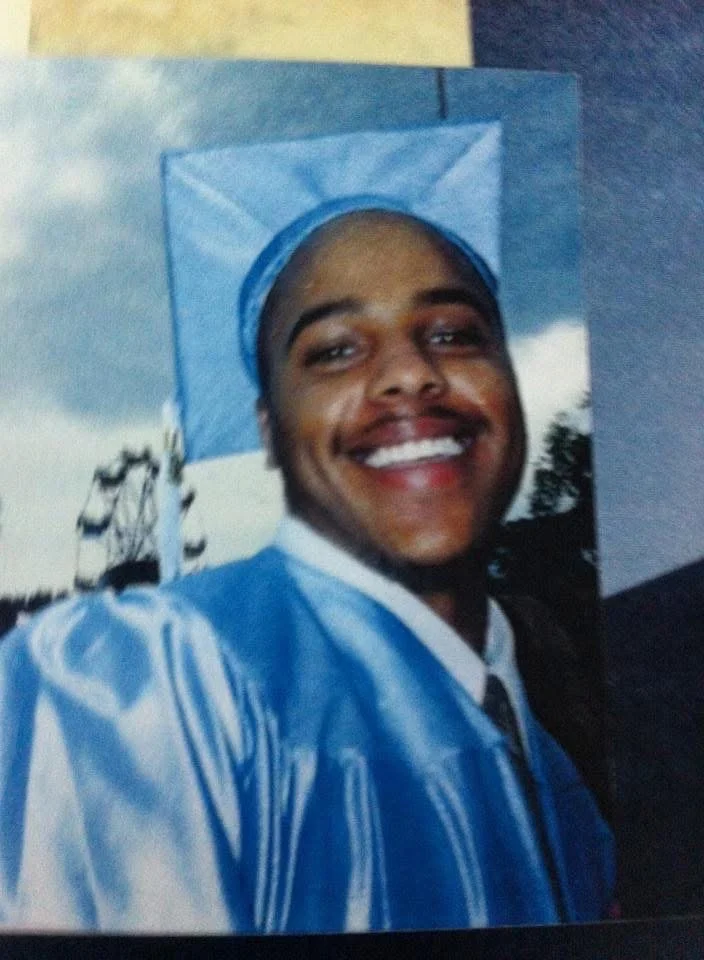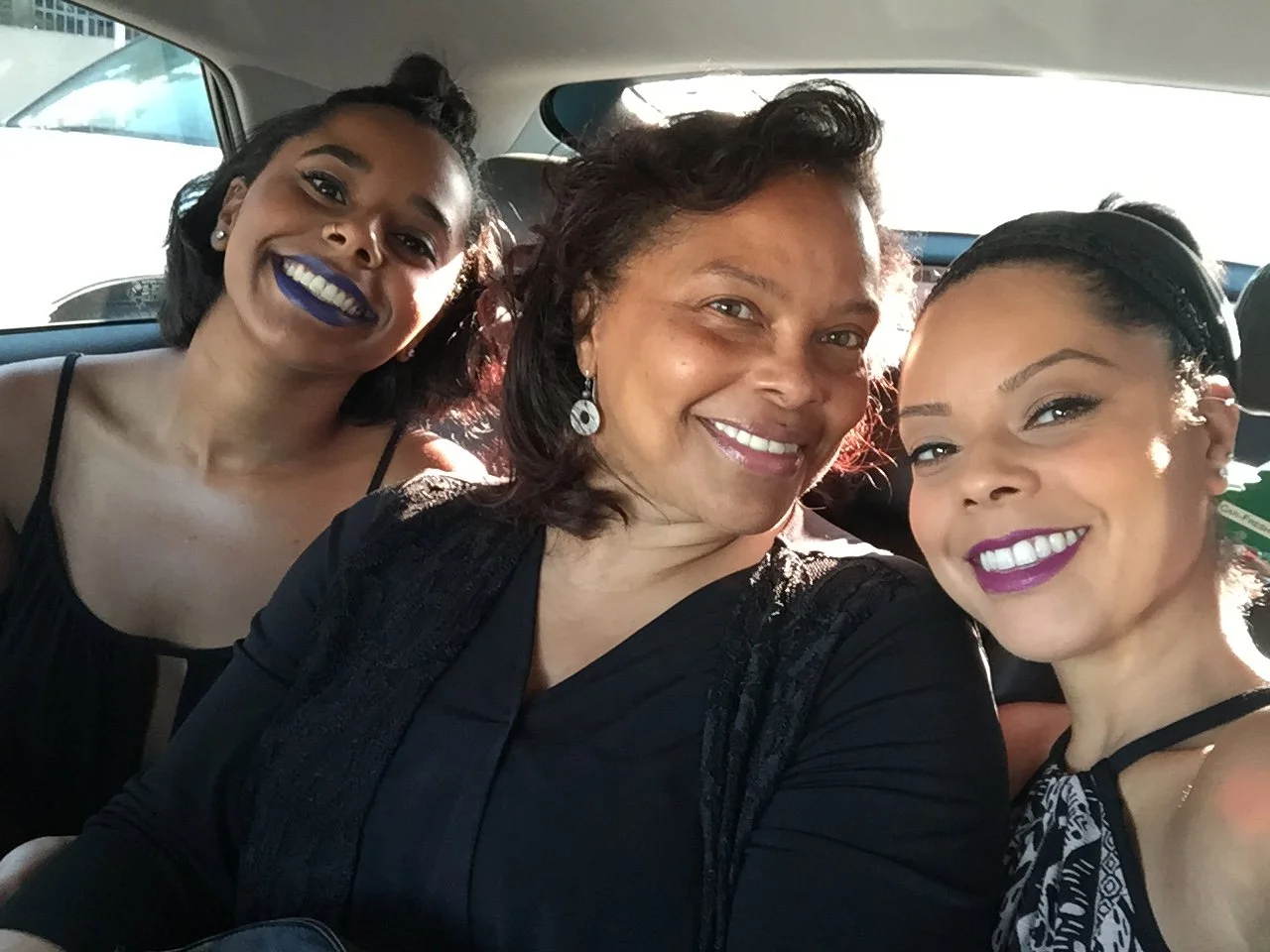Finding Hope with Broken Wings
When Fields of Plenty asked me to share my story, I did not hesitate. I said “yes” before I even took a breath. You know when God taps you on your shoulder, then taps again, then clears His throat like, “Daughter, are you listening?” That was me. I knew it was time.
And even though I am Maria’s writing partner, I always carried this feeling that my brothers’ stories needed to be told. Not someday. Not later. But now. Healing has a rhythm of its own, and somehow the timing landed right when my spirit was finally ready.
What Grief, Love and God Have Taught Me after Losing Two Brothers and Living through Stage 4 Cancer
by Ta’Sha Douglas (guest author)
“My mission in life is not merely to survive, but to thrive; and to do so with some passion, some compassion, some humor, and some style.”
When Fields of Plenty asked me to share my story, I did not hesitate. I said “yes” before I even took a breath. You know when God taps you on your shoulder, then taps again, then clears His throat like, “Daughter, are you listening?” That was me. I knew it was time.
And even though I am Maria’s writing partner, I always carried this feeling that my brothers’ stories needed to be told. Not someday. Not later. But now. Healing has a rhythm of its own, and somehow the timing landed right when my spirit was finally ready.
Three Siblings, Three Wings
My mom had three kids.
James, the dragonfly.
Me, the ladybug.
TJ, the butterfly.
A Great Bond
When this photo was taken, we were literally living across from a cow pasture in Leonardtown, Maryland (the small town where I was born). We lived in a tiny house, but we had the best times there—and were never short on Mom’s great food. Most of all, we had each other.
We were three peas in a pod, buzzing and flying through life together. James and I were close in age, practically twins with different birthdays, and TJ was my sweet shadow four years behind. If James and TJ bumped heads, I was right there playing referee. And let me tell you, I took that role seriously. You could not tell me I was not the family therapist before I even knew what one was.
We played hide and seek, card games, board games, and we loved to eat. We protected our mom like she was the Queen of the universe. Our childhood was loud, joyful, chaotic and ours.
Coming to Terms with Grief
Losing TJ in 2002 shattered me in ways I did not know were possible. Someone took his life. He was only twenty two. Writing this still brings tears because how do you explain the kind of pain that rearranges your entire existence?
Then in 2008, I lost James in a car accident. He was thirty three. My dragonfly was gone.
I hold on tightly to the memories of us swimming at the beach, grilling food, laughing until our stomachs hurt and living life like the world belonged to the three of us. I miss them more than words know how to express.
Grief is strange. It breaks you and heals you at the same time. It teaches you that love does not end when a life ends. Wings keep flying even when you cannot see them.
The First Time I Saw Death Up Close
The very first person I remember ever losing was my Aunt Darlene. I was around seven years old. She had lymphoma cancer, and I watched her go from healthy and full of life to skin and bones in front of my eyes. It was devastating. And I was too young to understand what death or sickness really meant. I just knew I was scared.
As a Little Girl
I was around four years old here. I remember often going over to my Aunt Darlene’s house growing up. She was one of my closest aunts at the time. I would play with her kids. Me and my cousin Kionna would get in trouble with her for all the laughing we did. And when she left us, it really left an empty place in our hearts.
So years later, when I was diagnosed with Stage 4 breast cancer in 2009, that fear surfaced all over again. My mind immediately went back to being that little girl watching my aunt fade away. I thought, “Is that going to be me?”
Facing Cancer and Finding My Support System
Cancer was one of the hardest battles I ever fought. Chemo drained me, tested me and pushed me into dark places. But I learned so much through it. I learned patience. I learned humility. I learned how to lean on people even when I did not want to. And I learned that surviving is its own kind of miracle.
Fighting in My Sleep
My mom took this picture when I was sleeping. I look like I was in peace but I was in so much pain. God had me in a way I didn’t even know.
One of the biggest blessings during that time was my mom. She had already lost her boys. She had already lived through heartbreak that would crush most people. And still, she was there. Every step of the way. Holding me together. Praying for me. Loving me back to life.
My mom and my stepfather Eric were my rocks. Through their marriage, I even gained two brothers, Eric and Derrick, who are twins and who stood by me during those hard years. God really does send us help in ways we never expect.
Growing My Hair Back
It was devastating to lose my hair, but I was so happy once it started growing back. Before cancer, I used to say I hate my hair. But after losing it, I became so grateful for it. Funny how God has a way of making you love and appreciate what you have.
And then there is my daughter Jassy. She has been my inspiration to keep living. To keep fighting. To keep healing. Her love reminds me every day that life still has purpose and joy waiting for me.
Depression and the Road Back to Light
I have battled depression since I had my daughter and went through postpartum. And the last five years have been heavy. But recently, I finally felt the light again. God has been pulling me through, one scripture at a time.
And therapy has been a huge part of that. I have been going for over a year now, and I have learned something important. Therapy is a lifetime commitment. Because we are always evolving, always growing and always facing different kinds of loss. And loss is not just people. It can be marriage, jobs, health, stability, friendships, chapters of life. Therapy helps us navigate all of it.
My Favorite Two People
A few years after I became cancer free, Jassy, my mom, and I went to a concert at the Hollywood Bowl to celebrate life. Listening to music at live concerts is one of our favorite things to do together.
Why Telling My Story Matters
When Maria asked me to do the interview, I felt God nudging me to speak up. And I am so glad I listened. As soon as I started talking, I felt lighter. I felt relief. I felt healing taking place in real time. It was emotional, but now I embrace my emotions instead of running from them.
Talking heals the soul. Talking plants seeds of hope. And that is exactly what Fields of Plenty is about. Their mission is to tell stories that help people find healing and purpose even while walking through pain. And I wanted to be a part of that.
Grieving children deserve support. Grieving mothers, grieving fathers, grieving friends, grieving communities. Loss touches everyone, and everyone deserves compassion.
My Legacy
I’m proud and ecstatic to be a cancer survivor. It led me to look inward. It also allowed me to heal, grow, and start to help others transform their lives. Now I do this through life coaching, podcasting, and telling stories that help others not only survive, but thrive.
Learning to Fly Again
Sometimes a butterfly floats by. Sometimes a dragonfly hovers a little too long. Sometimes a ladybug lands right on my hand like she is saying something only I can hear.
I like to believe that is us. Me. James. TJ. Still connected. Still circling each other. Still reminding me that love never dies. It just takes on wings.
And maybe that is the whole point of this story.
Maybe that is the seed God wanted me to plant.
That no matter what you have lost, there is still life inside you.
There is still purpose.
There is still a story worth telling.
Even broken wings can fly again.
Recording with My Mom
My mom Marion and I recorded our Healing Through Grief interviews in October. It was a cathartic, healing experience for us both. You can check out a sneak preview of my interview below.
Want to watch Ta’Sha’s full video interview when it goes public in late December? Subscribe to our Fields of Plenty YouTube channel.
Want us to pass along any kind words to Ta’Sha? We’d be happy to. Please contact us here.










